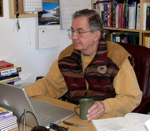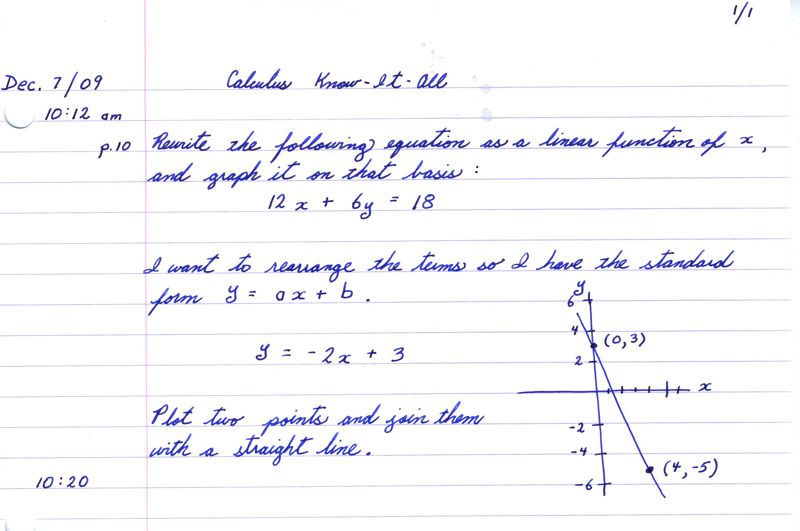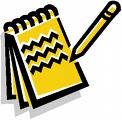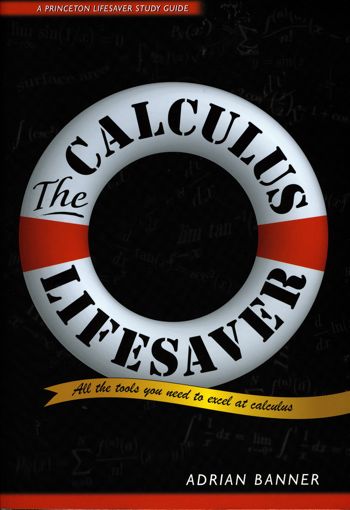
2009 Daley Log
Page 22
I completed a maths session earlier today, but at the time had totally forgotten about this special web site that focuses exclusively on my mathematics activities.
I will first transfer my notes from my Learning Journal website and then I will sit back and decide on my next steps.
I am also playing with the idea of adding some "real" mathematics to my list of activities. Which raises the issue of whether it should be STELLA.
Time for a little coffee.
Why not both: STELLA and some maths. I want to develop a system dynamics model for self-study of mathematics AND I want to do some self-studying of mathematics. One difficulty with the latter is that I am interested in a few sub-topics (calculus, symmetry, number theory, real analysis, complex analysis, history). Another difficulty is the distinction between understanding the concepts and the technical skills of manipulating the symbols.
Time for a little more coffee.
In fact the real issue is time. The next 3 months are not a good time for outdoor activities, although a little cross-country skiing would be a good idea.
I need to develop a rigorous timetable for self-study. I like the idea of a two-hour block for each topic. The first hour is a bit of a warm-up as I get "into" the topic, and the second hour is an opportunity to push myself. Four hours a day is probably the maximum for this as I want to keep up my model trains/literature activities as well. This implies a 2-day cycle: Day 1 is STELLA and calculus, Day 2 is history and symmetry. Then repeat it. Four days a week is about right.
Today is Day 1.
Finally. I am about to begin my 2009 efforts at learning a little calculus. I am selecting the book, "Calculus Know-It-All" (2009) by Stan Gibilisco. I began this book last year and my initial impression was very favorable. However I may well access other books as I proceed. And possibly the Web. |
Part 1 is about differentiation in one variable. It consists of 10 chapters and 188 pages.
I have learned from previous efforts that much of this will involve hand writing, especially the exercises. But I will scan this work into these notes. |
a) Mappings
I must keep a list of the key concepts and their definitions. Essentially I need a set of flash cards, and a table.
function a relationship between 2 sets. It maps every element in the domain to one, and only one, element in the range set a collection of objects element an object in a set domain the set of elements in the first set range the set of elements in the second set mapping a method for pairing the elements of two sets. It assigns values of the dependent variable to values of the independent variable variable a collection of elements independent variable a nonspecific element in the domain dependent variable a nonspecific element in the range ordered pairs one method of defining a mapping relation a mapping represented by a set of ordered pairs inverse function obtained by transposing the domain and range graph a diagram showing all the ordered pairs of a relationship vertical line test if all vertical lines intersect the graph only once, then it is a function horizontal line test if all horizontal lines intersect the graph only once, then the inverse is a function
No problem. This is all very familiar to me.
linear function the dependent variable changes in a constant proportion to the independent variable slope the constant proportion intercept the point where the graph cuts the dependent axis (the y-axis) standard form for a linear function f(x) = ax + b, where a is the slope and b is the y-intercept.
We now have two different representational systems: an algebraic one and a geometric one. Each form has strengths and weaknesses. The geometic form often provides immediate insights into a situation, but it can occasionally be misleading. The algebraic form is less intuitive but more logically rigorous. One often begins a new situation by sketching a rough graph to obtain a sense of the situation and then proceed to see if one can be more precise by using algebraic/functional notation.
Here is a copy of a Challenge activity that I completed.

c) Nonlinear Functions
This is all basic review for me. But it is good to go slow and refresh my mind about the terms and how to use them.
There are 10 Practice Exercises which I will look at next time.
A great beginning to the day. I have finally returned to Learning some calculus. It felt very good. I truly enjoy this! I still need to find a couple of hours for STELLA. I just realized that I had begun a totally separate website for my mathematics activities. I will have to adjust my procedures so that my new activities are embedded in that web site. I have just got used to doing this for my model train activities, so this shouldn't be too difficult.
The big embarrassment is that I had forgotten that I had been doing this in May, using a set of three other books as my primary resources. However that was 6 months ago and whatever I was doing then could certainly use a refresher.
Today's effort was an aberration that did not follow the overall format that I had set for myself 6 months ago. My next step will be to review the handwritten notes.
Here is the link to my handwritten work for today:

Books on the Go Today |
|
 |
see below |
